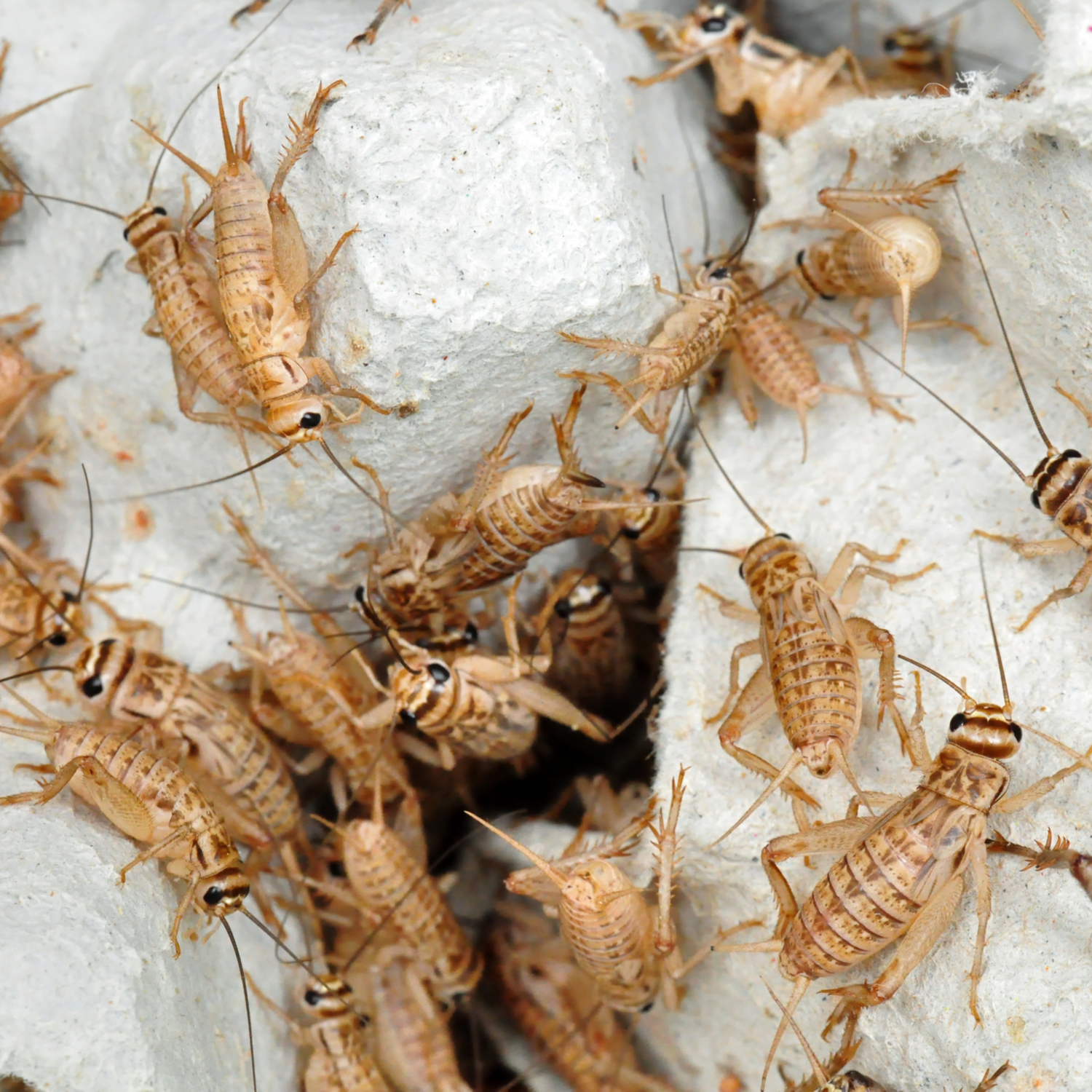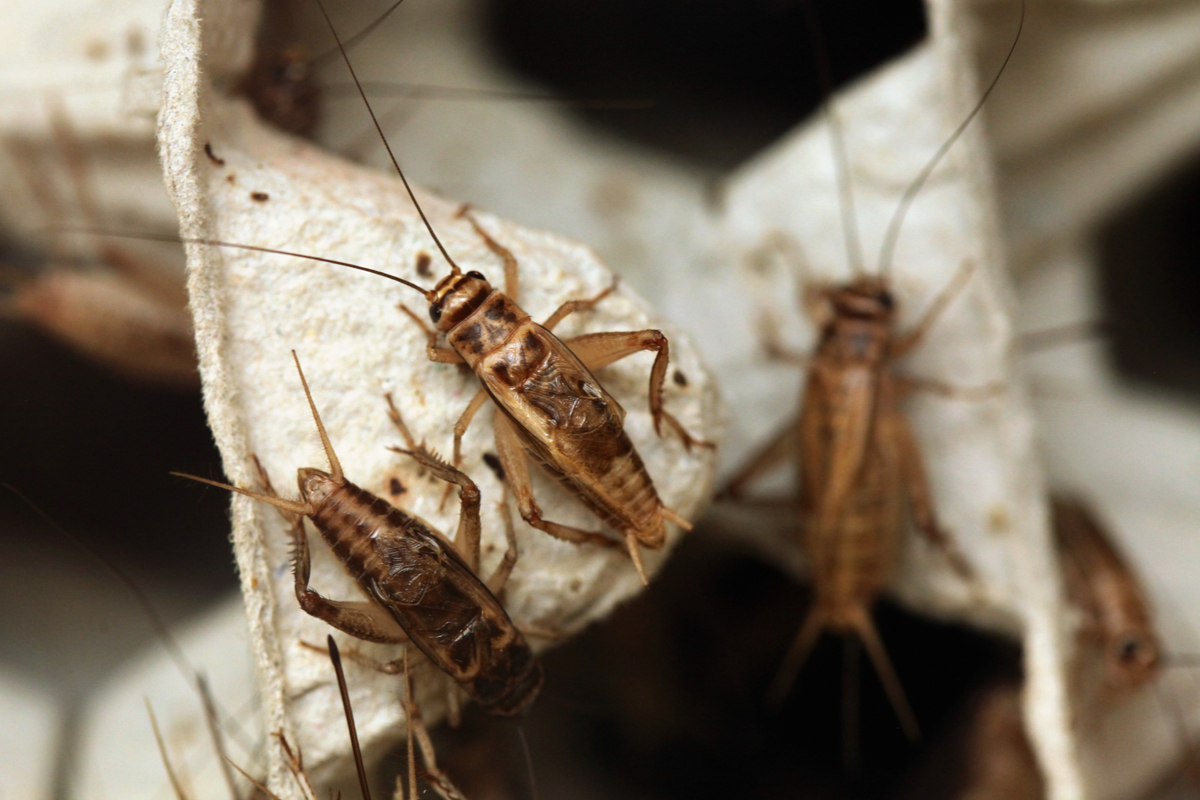Arthropods Laboratory & Media Piece


Arthropods Objective:
Make detailed media descriptions of four arthropod species and develop a substantiated opinion on which would be your preferred “pet” animal while understanding how others may make a different selection.
Background material for this lab can be found in the Animals Guide.
For quick reference, click each link:
Media Piece Assignment
Arthropods
Lab this week features arthropod invertebrates. In addition to learning about the featured species, you will be developing an opinion piece that incorporates science information. You will be determining which of the arthropod species would be your preferred pet, and also acknowledging characteristics of the other species that may make them more interesting to other people. Basically you are substantiating your own opinion with science-based facts in addition to personal feeling and preferences; as well as entertaining how others may hold a differing opinion.

Select four arthropods. Collect media on each and develop a piece that describes interesting characteristics of each species. Then choose the one that you would prefer as a “pet, and explain why you chose that particular species. Since this is an opinion, it can be based on other considerations besides science facts.
You are submitting to Canvas
A media piece that describes characteristics of four arthropod species kept as pets. This includes selecting a “favorite pet” of the four and explaining what you base this opinion on, including science information and other considerations.
Work Ahead
In the first guide, we had an introduction to bees. Since people keep bees, this is a possible choice for one of your four arthropods.
If you run across arthropods around campus and take photos , you can start work on this media piece before lab. Below are videos that can also help you work ahead.
Isopods
We will be meeting terrestrial and aquatic species of isopods throughout the remainder of this course. You may have run across some of these species already.
To give an idea of how ubiquitous isopods (affectionately called “pods”) are in the environment, this Armadillidium species (“roly poly”) showed up while we were making a video. You can see a corner of the two inch orange number square we use in each Guide intro video to get an idea of scale
Different isopod species have different behaviors that assist in survival and reproduction. In this video the branch has been flipped over, exposing sleeping isopods. Some wake up; others are woken up by fellow isopods. Isopod behaviors are not extensively studied for a variety of reasons including limited funding, difficulty in observing, and many species still being discovered.
Isopods are becoming increasingly popular as pets. new species are being discovered and mutants of known species are being bred for the pet trade. These videos demonstrate one of the most popular forms: Porcellio laevis “dairy cow.”
A concern associated with keeping “wild” animals as pets is that releasing non-native species into the environments could harm endemic (native) species.
Interested in seeing more “unusual “pods?” We have unpacking videos of some of the newest animals on the resources page.
Crickets
These are the common “house crickets” that are a different species than the “tropical house crickets. They do not have the black bands. The makes are also more likely to fight, and sometimes chase each other.
Roaches
Roach species vary in size, shape, and behaviors. These domino roaches are about as “cute” as can be, with strong social behaviors. These are juvenilles that have multiple molts ahead before they show thwie characteristic black and white patterning. Note the possible role of this coloration in the video.

